The 2021 ArcGIS StoryMaps Challenge for Restoring Our Ocean, co-hosted by Esri and the National Geographic Society, encouraged high school students, college students, and individuals between the ages of 18-24 to create impactful stories that illuminate our ocean’s pressing problems, offer solutions, and inspire change.
In November, Esri and the National Geographic Society announced 18 challenge finalists in two story tracks from Australia, Burkina Faso, Canada, India, Indonesia, Taiwan, Turkey, and the United States.
Fellow guest judges and I thoughtfully narrowed the talented 18 finalists down to three winners in the high school track and three winners in the college and young professional track. My colleagues included Dawn Wright, Esri Chief Scientist; Alex Tait, Geographer at the National Geographic Society; Charlie Fitzpatrick, K–12 Education Manager at Esri; and Shelby O’Neil, National Geographic Young Explorer and Founder of the Jr Ocean Guardians.
Explore our six winners—all stories that combine captivating, compelling storytelling with innovative mapping and design elements, multimedia content, and ArcGIS StoryMaps features.

Winners in Track 1, high school students
The entire story was a call to action; the Xiaoliuqiu, Sea Turtles, and Us author took us on a personal journey from beginning to end.
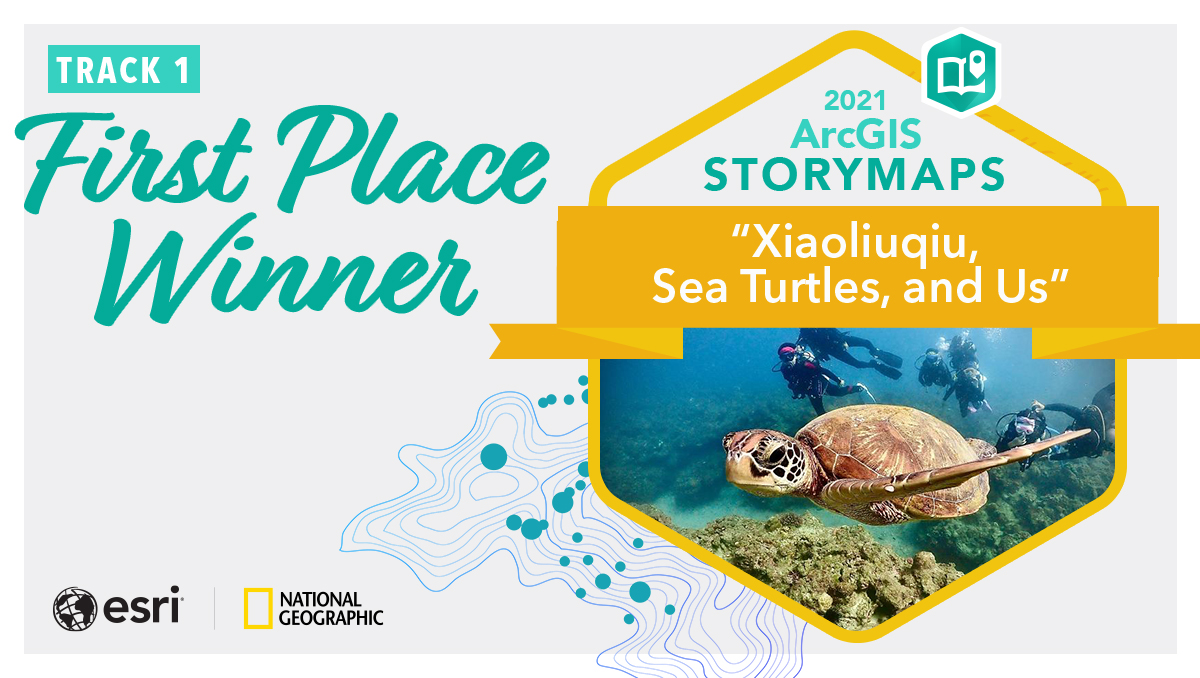
First place—Xiaoliuqiu, Sea Turtles, and Us by Aiden Lo, Taipei Fuhsing Private School in Taiwan
Xiaoliuqiu, Sea Turtles, and Us unanimously took first place as a powerful example of visual storytelling. The journey begins when Aiden observes an entangled sea turtle during a diving expedition. We follow Aiden in discovering how humans and sea turtles can better coexist. The story includes quotes, video interviews, and even Aiden’s personal podcast that position readers as participants in the conservation journey, rather than simple observers.
Second place—Treasures of the Deep by Hannah Osborne, independent submission from the United States
What is bright yellow, 32 inches long, and eats using a total 18 lips? A gummy squirrel! A clever story, Treasures of the Deep features the gummy squirrel as protagonist and includes an impressive breadth of deep-sea mining research. We follow the author Hannah 17,000 feet below sea level, and discover that the gummy squirrel’s home, on the seafloor of the Pacific Ocean, is a treasure trove of precious minerals. Hannah makes the plea that “as we pursue greener energy sources with deep sea mining, we need to make the effort to ensure we are not destroying the organisms and ecosystems that call the deep-sea mining beds home.”
Third place—An Altered Arctic by Chloe H. and Cariena M., Omaha’s Henry Doorly Zoo Academy in the United States
In An Altered Arctic, classmates Chloe and Cariena tell a well-researched, winning story about the impacts of climate change on the Alaskan Inuit communities. The students leverage ArcGIS StoryMaps features like express maps, map tours, slideshows, and timeline blocks to visually communicate environmental and social justice impacts on Indigenous heritage, culture, and way of life.

Winners in Track 2, college students and young professionals
This challenge was an opportunity to translate local initiatives to a global audience and encourage this generation, and future generations, of ocean conservation leaders to get involved where possible.
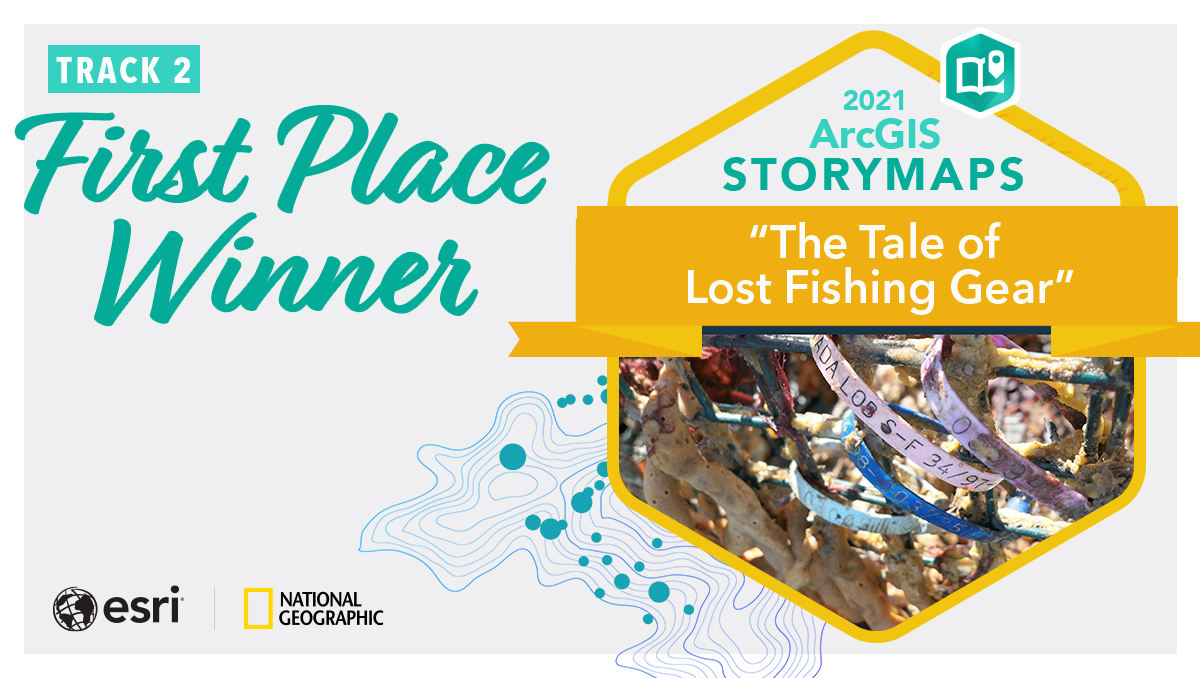
First place—The Tale of Lost Fishing Gear by Leah Fulton, Dalhousie University in Canada
Driven by the United Nations’ Sustainable Development Goals, The Tale of Lost Fishing Gear surfaces an often-hidden source of marine debris: ghost gear. Defined as abandoned, lost, and discarded fishing gear or ALDFG, “Ghost gear is recognized globally and nationally as one of the most important marine debris issues to support sustainable and healthy oceans.” The story reveals geographical hotspots for missing or lost marine gear through interactive maps and includes a compelling call to action through engaging digital media and interactive storytelling with ArcGIS StoryMaps features.
Second place—Healing the Scars of the Land by Jesse Bridge, independent entry from Australia
Healing the Scars of the Land follows the path of land-based pollutants from local rivers to the ocean. While introducing the negative impacts on the land and Great Barrier Reef, the narrative centers on local partners who support conservation efforts and includes beautiful Traditional Owner artwork that represents the collective partnership.
Third place—Seagrass: A Struggling Ecosystem in a Unique Perspective by Tyler Copeland, University of Central Florida in the United States
The innovative story Seagrass: A Struggling Ecosystem in a Unique Perspective—which includes extensive research by author Tyler Copeland and colleagues—highlights the power of drone technology, citizen science, and GIS applications in restoring and conserving seagrass beds. These tools offer a closer look at coastlines and the impacts of a warming ocean, displayed seamlessly through a rich blend of ArcGIS StoryMaps features.

Our Living Breathing Ocean
A common thread weaved through the stories submitted to this year’s storytelling challenge: the human-influenced impacts on our ocean. With the world population estimated to reach 9 billion people by 2050, we must understand our interconnected relationship to the ocean if we are to take collective action towards achieving a more sustainable planet. We simply cannot have a healthy planet, or healthy people, without a healthy ocean.
Ocean literacy and public engagement can raise awareness about how we benefit from the ocean and, conversely, impact it with our day-to-day activities regardless of our proximity to it.
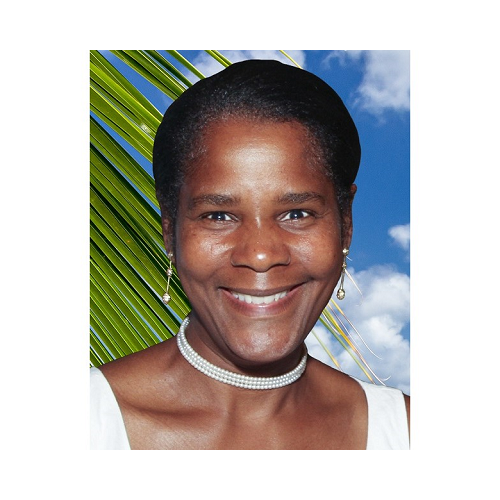
As a Global Climate Change Educator, I have intentionally added daily 15-minute ocean breaks in which my students and I specifically talk about our human connection to the ocean in the context of well-being, cultural relevance, and global challenges. They are encouraged to share what they learn and the simple changes we can make—in school and at home, with their friends and family members. Outside of the classroom, I volunteer as a certified meditation and breath coach, linking the extraordinary power of the breath with the ocean and imagery of its abundant marine life, and introducing urban, landlocked communities to the benefits of a healthy, clean, and thriving ocean to our well-being.
To my fellow Educators, I encourage you to also find inter-disciplinary ways to integrate ocean literacy across the subjects you teach. You might even share the stories from this year’s challenge with your students to incite curiosity, further inquiry, and encourage the development of their own ocean call-to-action projects.
I applaud the heroic efforts of this year’s challenge participants and their teachers, mentors, and supporters. You shined a light on our challenges and boldly communicated potential solutions. Follow the example set by our storytellers—learn and then act. Without having a deep understanding of the ocean and our relationship with it, we cannot fully embrace the interdependent nature of all living things on our planet. Nor can we appreciate how much we need the ocean for our very own existence.

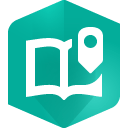
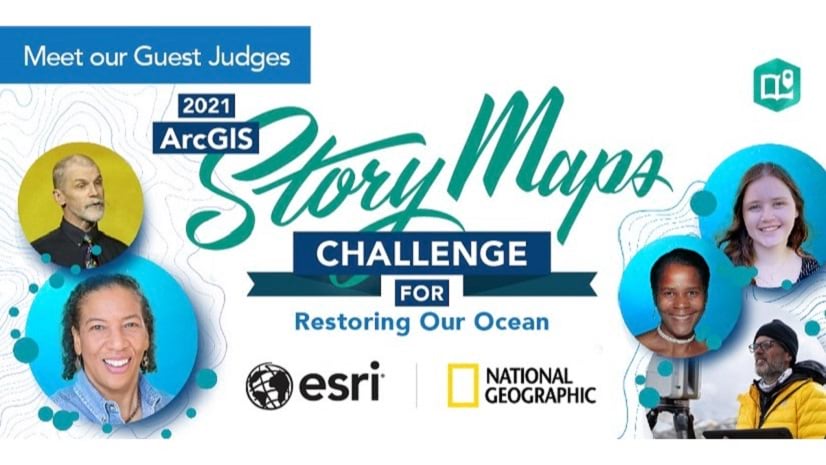
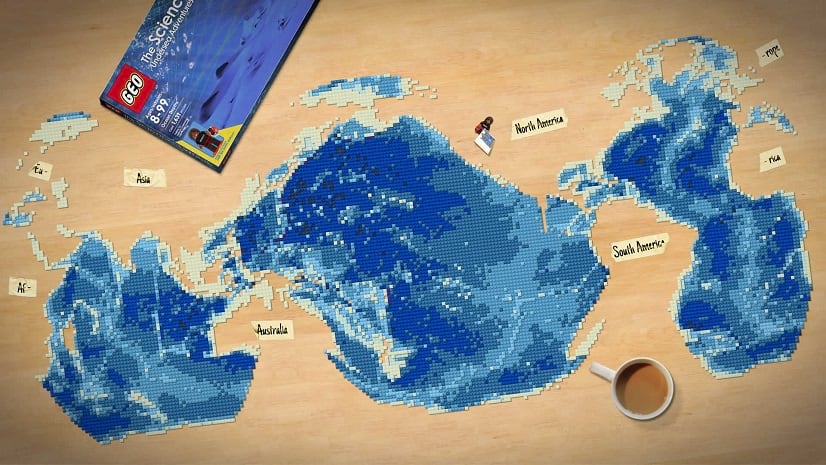
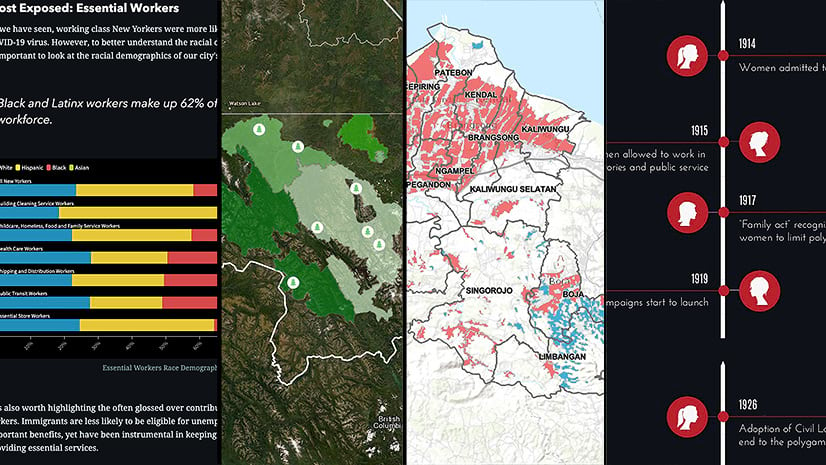
Article Discussion: